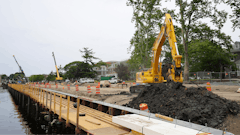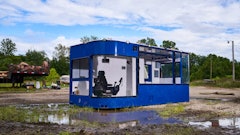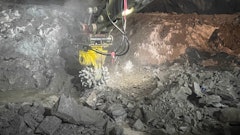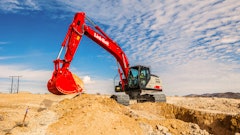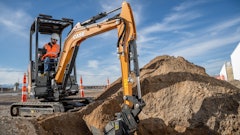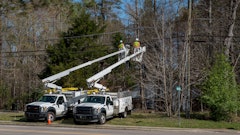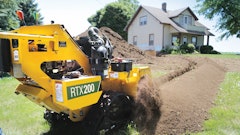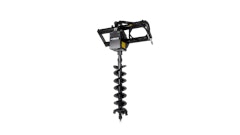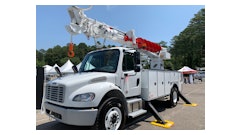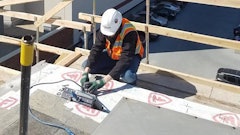
A potential disaster is lurking under American streets and soil, and it only takes one misstep for lives to be on the line. Every few minutes, an underground utility line is damaged by excavation activity, putting public safety at risk, disconnecting communities and businesses from vital services, and impacting the economy to the tune of $30 billion annually.
Damages to underground utilities during excavation have trended upward over the last three years, according to Common Ground Alliance’s (CGA) newly-released Damage Information Reporting Tool (DIRT) Report. This increase in damages is happening at a time of increased construction spending in communities across the country, and policy makers need to take note.
The stakes are high, and the data is concerning. We need to evolve how our “811 before you dig” system works to effectively support this unprecedented excavation activity. But there are roadblocks preventing the modernization of the utility damage prevention process. The main roadblock? Reliance on the status quo.
Utility operators and professional excavators rely on an outdated system to keep up with a high rate of construction in an increasingly crowded underground environment. As excavation activity continues to increase due to funding both from states and the Infrastructure Investment and Jobs Act (the largest long-term investment in our infrastructure and economy in our Nation’s history), it’s critical that utility operators, excavators, regulators, elected officials and other related stakeholders work together to modernize underground utility damage prevention.
One of the biggest challenges in keeping communities safe during this much-needed revitalization of our critical underground infrastructure is the lack of accurate facility maps that are accessible to those working on the job site. Locators—the professionals tasked by the utilities with identifying and marking buried utility lines on excavation sites with paint and/or flags—are typically overworked, especially during peak digging season, and lack access to accurate underground mapping information that could save them valuable time. The result? We are asking locators to locate utility lines without the most current data available and asking excavators to rely on this less-than-ideal information when they put a shovel in the ground.
What’s more, state laws and regulations vary considerably in scope, strength and enforcement. Thus the consequences for breaking "dig laws” can widely vary from state to state. Our data shows us that in places where dig laws lack strong enforcement, too many professional excavators opt to dig without following their state’s 811 law to avoid slowdowns and hit their production goals.
Unfortunately, communities across the nation suffer the consequences of this ineffective system. In 2022 alone, more than 213,000 damages were reported in the U.S. in Canada—that’s more than 585 damages every single day, each with the potential to cripple communities with outages to vital utilities, damage critical infrastructure and impact commerce with delays to construction and development. We must reverse this increase in damages now, before it becomes an even greater risk to public safety.
That’s why Common Ground Alliance created its 50-in-5 industry goal, challenging stakeholders involved in every facet of damage prevention to commit to reducing utility damages by 50% in five years.
The goal is ambitious, but not unrealistic. In Chicago, where permitting and mapping processes are required in a way that’s unlike anywhere else in the country, damages went down 50% over the last five years. Utility companies, municipalities and other stakeholders must look to success stories like Chicago to make necessary, drastic changes in their processes.
All stakeholders—private and public sector—need to do more to protect the American people from the potentially disastrous impact of striking buried utilities while digging. We need partnerships between private and public entities, improved and effective laws that result in greater excavator compliance and widespread use of GIS mapping of underground utilities. The DIRT Report offers the industry a wealth of recommendations to start this process, but it will take the commitment of a multitude of stakeholders to come together to address this challenge head-on. This would be a win for public safety.
The data shows us that damages to underground utilities will not slow down under the current system. The time has to be now for our industry to make the necessary changes to protect our communities by reducing these damages once and for all.
Visit dirt.commongroundalliance.com to learn more about how we can modernize our outdated utility damage prevention system.



